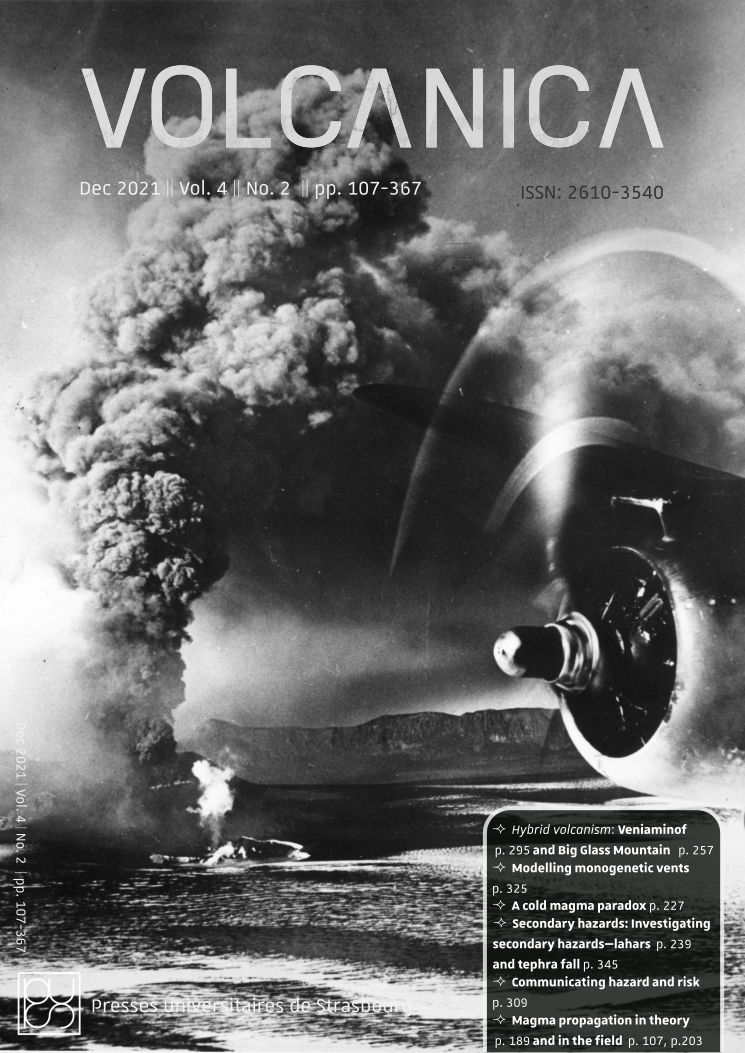Segment tip geometry of sheet intrusions, II: Field observations of tip geometries and a model for evolving emplacement mechanisms
Main Article Content
Abstract
Igneous sheet intrusions are segmented across several orders of magnitude, with segment tip geometry commonly considered indicative of the propagation mechanism (brittle or non-brittle). Proposed propagation mechanisms are inferred to represent host rock mechanical properties during initial magma emplacement; typically, these models do not account for segment sets that show a range of tip geometries within the same lithology. We present a detailed structural characterization of basaltic sill segments and their associated host rock deformation from the Little Minch Sill Complex, Isle of Skye, UK, and a broader comparison with segment geometries in three additional intrusive suites (Utah, USA; and Mull and Orkney, UK). Each separate host lithology shows multiple tip geometries and styles of host rock deformation, from elastic-brittle fracture, to viscous indentation and fluidisation. We attribute this range of host rock deformations to evolving conditions that occur at the tips both during sheet growth and arrest.
Downloads
Article Details

This work is licensed under a Creative Commons Attribution 4.0 International License.
© The Author(s).
Submission of an original manuscript to Volcanica will be taken to mean that it represents original work not previously published, and not being considered for publication elsewhere.
The Creative Commons Attribution 4.0 International License permits unrestricted use, distribution, and reproduction in any medium, provided you give appropriate credit to the original author(s) and the source, provide a link to the Creative Commons license, and indicate if changes were made.
Accepted 2021-07-19
Published 2021-10-18





